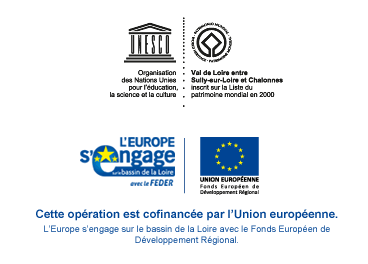- Home
- Know
- A la carte
- Amboise, city and château
- Aggregate extraction
Aggregate extraction
Published on 13 April 2017 - Updated 16 November 2018

Extracting such materials as gravel and sand from riverbeds is a very ancient practice. Until the first mechanical dredgers made their appearance around 1910, extraction was carried out manually, on beaches or from stabilised watercraft. Post-war reconstruction led to a stepping-up of demand, which increased further during the so called “Trente Glorieuses” – France’s 30-year economic boom between 1945 and 1975. Tonnage extracted in the Centre Region increased from half a million tons a year in 1960 to 6.4 million in 1979. The alarming imbalance between quantities extracted and quantities naturally reconstituted led to a general lowering of the waterline. Detrimental consequences included: - lowering of the adjacent water-table level, leading to drying-up of wetlands and wells and the disappearance of spawning grounds. - erosion of riverbanks and destabilisation of bridge foundations. - accelerated revegetation of islands and too often dewatered secondary branches, leading to alterations in flood flow capacity and so heightening flood levels. A 1981 protocol brought about progressive reduction of extractions. Extractions from the low-flow channel (but not the floodplain) have been prohibited since 1993, and locations must be restored to their original state following exploitation, sometimes becoming areas for (re)discovery of the Loire Valley’s natural heritage.
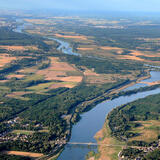
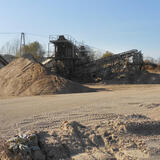


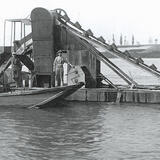
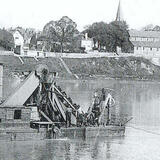
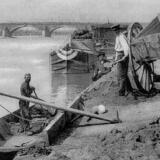

![Nouvelles Renaissance(s] 2023](/var/storage/images/val-de-loire-refonte/dossier-de-parametrage/pied-de-page/nouvelles-renaissance-s-2023/517479-13-fre-FR/Nouvelles-Renaissance-s-2023_image_largeur220.png)
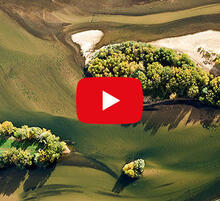

 Lettre d'information
Lettre d'information
 Facebook
Facebook
 Flickr
Flickr
 Podcloud
Podcloud
 Dailymotion
Dailymotion
 Box
Box
 Slideshare
Slideshare
 Diigo
Diigo

